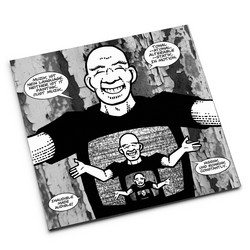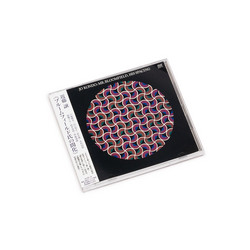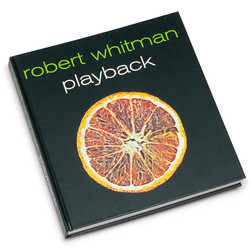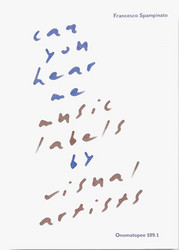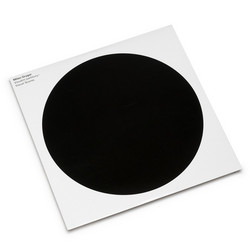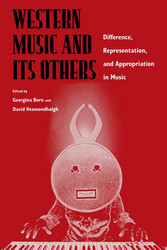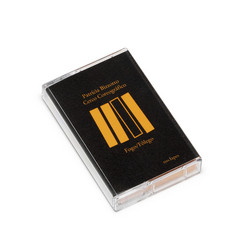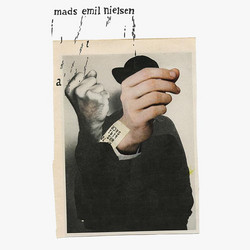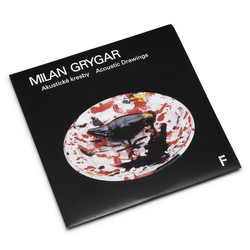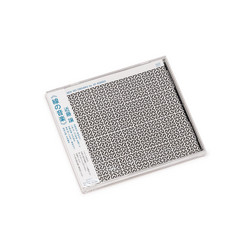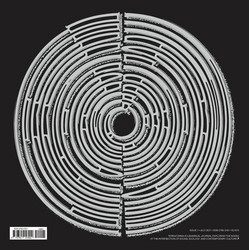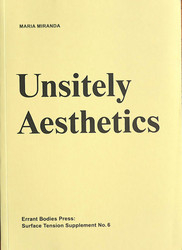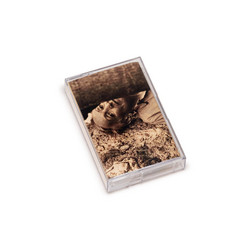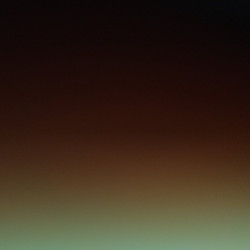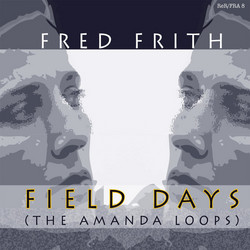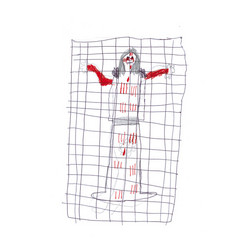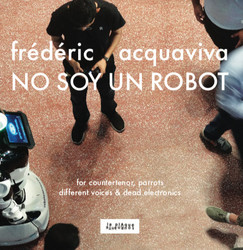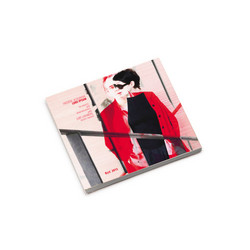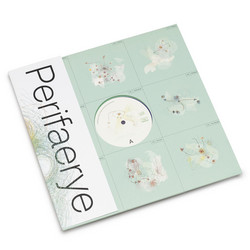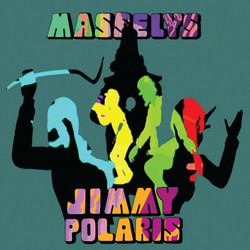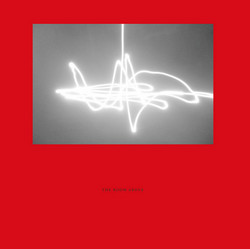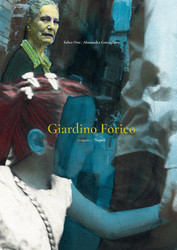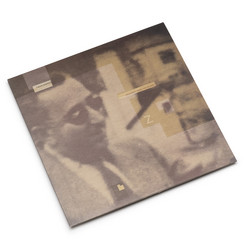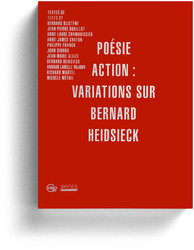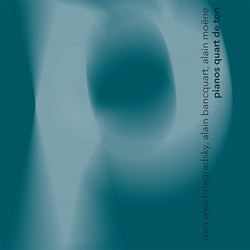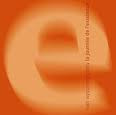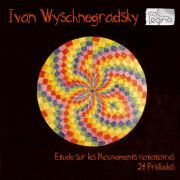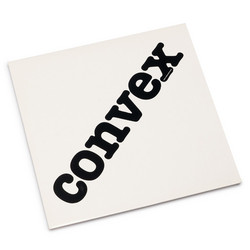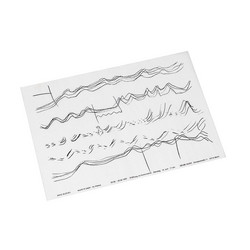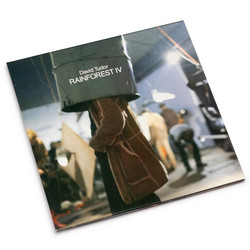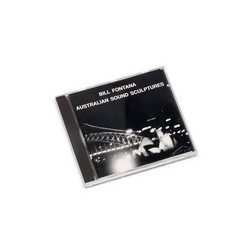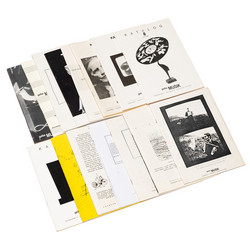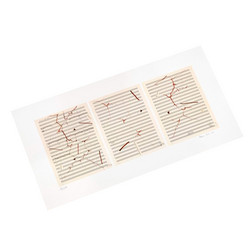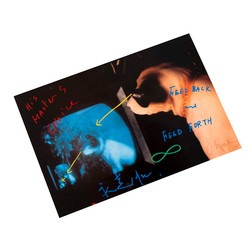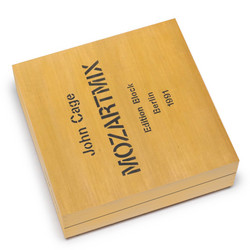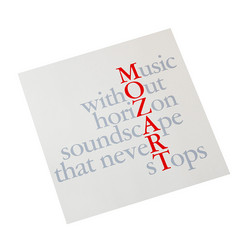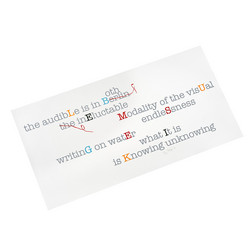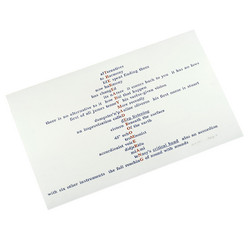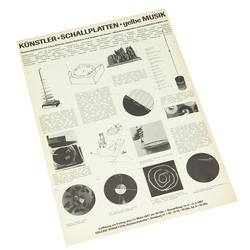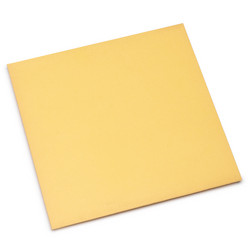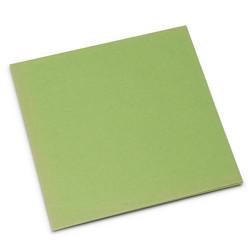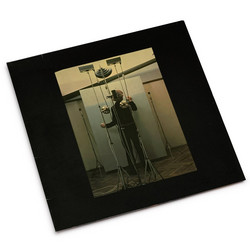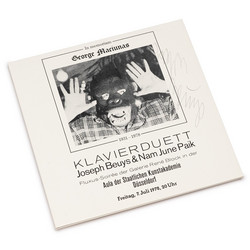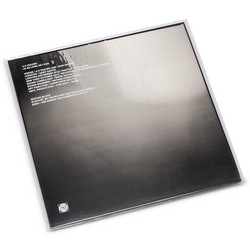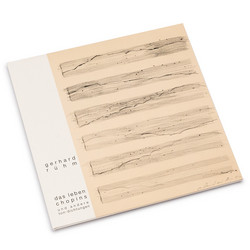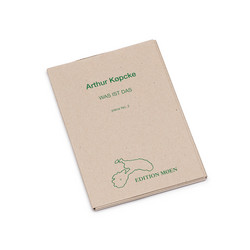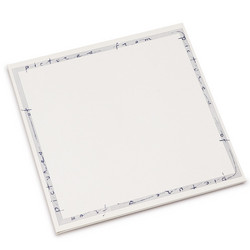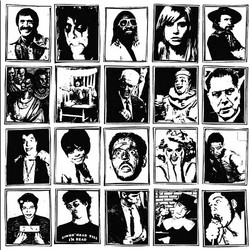This rare and long deleted double LP presents the most comprehensive collection of works by Ivan Wyschnegradsky (1893-1979), the visionary Russian-born composer who dedicated his life to expanding musical consciousness through microtonal composition. Released in 1983 by Edition Block, this recording represents the largest part of Wyschnegradsky's recorded legacy, documenting his revolutionary pursuit of what he termed "ultrachromaticism" and "pansonority" - a musical philosophy that sought to dissolve the boundaries of traditional equal temperament.
Ivan Alexandrovich Wyschnegradsky was born in Saint Petersburg in 1893 into an intellectually distinguished family - his grandfather was a celebrated mathematician who served as Russia's Minister of Finance. Following a mystical vision in November 1916, Wyschnegradsky became convinced that traditional equal temperament was inadequate for his artistic vision and began his lifelong exploration of microtonal music. In 1920, seeking the technical resources necessary to realize his revolutionary musical ideas, he emigrated to Paris, where he would spend the remainder of his life developing both the theoretical framework and practical instruments for quarter-tone music. The compositions on this double LP span from 1934 to 1966, representing Wyschnegradsky's mature period when he had fully developed his microtonal language. The works employ various instrumental configurations designed to access the "sound continuum": pieces for solo piano, two pianos tuned a quarter-tone apart, multiple pianos using four hands, combinations for cello and piano, and the ambitious Third Symphonic Fragment for four pianos. One work utilizes the third-tone piano constructed by Julián Carrillo, demonstrating Wyschnegradsky's connection to the international community of microtonal pioneers.
Wyschnegradsky's approach to microtonality was fundamentally different from his contemporaries such as Alois Hába, who tended toward microtonal diatonicism. Instead, Wyschnegradsky developed a sophisticated theoretical system outlined in his seminal 1932 Manual of Quarter-Tone Harmony, the first methodical treatise on microintervals. His concept of "pansonority" envisioned music not as a collection of discrete pitches but as manifestations of an ideal "omnipresence in the totality of musical space" - a state where "all space resounds" in perfect equilibrium.
The quarter-tone scale represented only an intermediary step toward Wyschnegradsky's more ambitious vision. He composed works exploring third-tones (18-tet), sixth-tones (36-tet), and even twelfth-tones (72-tet), each division offering new possibilities for what he called "ultrachromatic" expression. Wyschnegradsky argued that these microintervals were organic, naturally occurring in the harmonic series, and that traditional equal temperament artificially constrained musical expression by forcing overtones like the 11th, 13th, and 14th partials into inappropriate chromatic categories. The technical challenges of realizing this music were immense. Wyschnegradsky collaborated with piano manufacturers including Pleyel and August Förster to develop quarter-tone instruments, though he ultimately found that the most practical solution involved multiple pianos tuned at specific intervals apart. In 1929, he finally received a Förster upright quarter-tone piano in his Paris apartment, where he composed for the rest of his life. However, most of his mature works were written for combinations of conventionally tuned pianos, allowing for more flexible performance possibilities.
The recordings on this LP were made live at Studio 105, Radio France in Paris on January 7, 1977, with the authorization of the composer himself. This session represented a rare public presentation of Wyschnegradsky's work during his lifetime, as his uncompromising aesthetic principles often left him culturally isolated. While contemporaries like Pierre Boulez briefly championed his work (participating in a 1940 performance of Cosmos), the rise of total serialism in post-war Europe left little room for Wyschnegradsky's modally-oriented expressionism. Wyschnegradsky rejected the label "microtonal," insisting his music was "ultrachromatic" - chromaticism representing the democratic equality of all possible modalities within expanded tuning systems. His aesthetic remained deeply connected to the Russian expressionist tradition, particularly the mystical approach of Alexander Scriabin, whose influence profoundly shaped the young Wyschnegradsky's artistic development. Despite decades of cultural exclusion, Wyschnegradsky maintained an unwavering commitment to his vision, sustained by mystical conviction in the cosmic significance of his work.
The composer's influence extended to subsequent generations of microtonal experimenters, including admirers such as Olivier Messiaen, Henri Dutilleux, and Bruce Mather. His theoretical contributions, particularly the systematic approach to quarter-tone harmony, provided crucial groundwork for later developments in spectral music and contemporary microtonal composition. Wyschnegradsky's concept of non-octaving tonal spaces anticipated serial techniques while transcending the twelve-tone limitation, developing what could be understood as proto-spectral approaches to harmonic density and timbral transformation.
This double LP also includes a recorded interview with Wyschnegradsky from 1977, providing rare documentation of the composer's own thoughts on his revolutionary musical language. The result stands as one of the most unique concept albums ever created, presenting complex, strange, and beautiful atonalities that extend the implications of works by Harry Partch, Hába, Carrillo, Lou Harrison, La Monte Young, Ben Johnston, Terry Riley, Charles Ives, John Eaton, and Henk Badings. Wyschnegradsky's achievement lies not merely in technical innovation but in his creation of a genuinely new musical consciousness - one that invites listeners into what he called the "promised land of ultrachromaticism," a realm where the familiar boundaries of pitch organization dissolve into infinite sonic possibility.
Gatefold cover. Pieces taken from concert in Paris, 7 January 1977. Tape recorded by Radio France. Composer authorized recordings. Composition dates: A1: 1934 / A2: 1966 / A3: 1961 / B1: 1958 / B2: 1956 / B3: 1934 / C1: 1946. A1 for 2 pianos. A2 for the 1/3 tone piano constructed by Julian Carillo. A3 for 2 pianos using 4 hands. B1 for cello and piano. B2 for piano solo. B3 for 2 pianos. C1 for 4 pianos.
